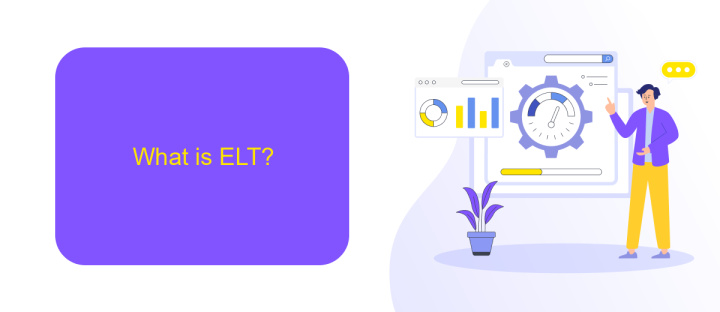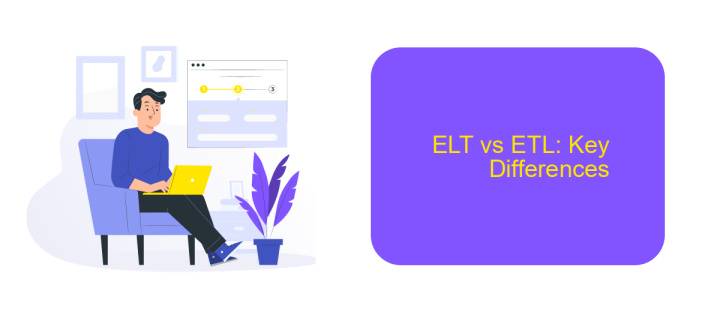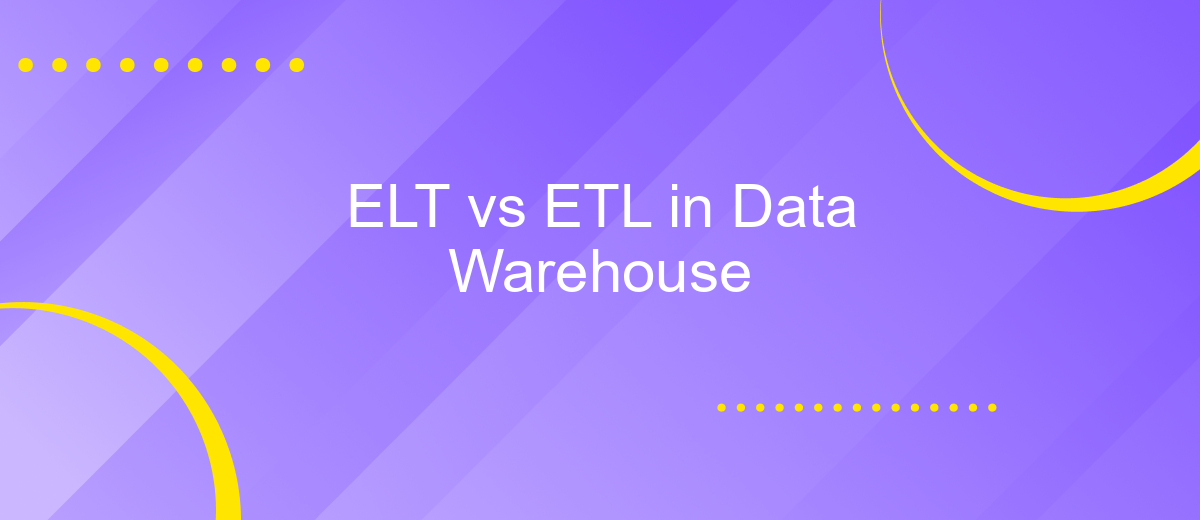ELT vs ETL in Data Warehouse
In the realm of data warehousing, understanding the distinctions between ELT (Extract, Load, Transform) and ETL (Extract, Transform, Load) is crucial for optimizing data processing workflows. This article delves into the core differences, advantages, and use cases of each approach, helping organizations make informed decisions to enhance their data integration and analytics capabilities.
ELT vs ETL in Data Warehouse
In the realm of data warehousing, two primary approaches for data integration are ELT (Extract, Load, Transform) and ETL (Extract, Transform, Load). Both methods aim to prepare data for analysis, but they differ significantly in their processes and use cases.
- ETL: Data is first extracted from source systems, transformed into a suitable format, and then loaded into the data warehouse. This approach is ideal for complex transformations and ensures data quality before loading.
- ELT: Data is extracted and loaded into the data warehouse first, and transformations are performed within the warehouse. This method leverages the power of modern data warehouses and is suitable for handling large volumes of data.
Choosing between ELT and ETL depends on your specific needs and resources. For example, if you require real-time data processing and minimal latency, ELT might be more appropriate. Tools like ApiX-Drive can simplify the integration process by automating data transfers and transformations, making it easier to implement either approach effectively.
What is ELT?

ELT, which stands for Extract, Load, Transform, is a data integration process used in modern data warehousing. Unlike the traditional ETL (Extract, Transform, Load) approach, ELT first extracts raw data from various sources and loads it directly into the data warehouse. The transformation of the data occurs after it has been loaded into the storage system. This method leverages the power and scalability of cloud-based data warehouses, allowing for faster data processing and more efficient use of resources.
One of the key advantages of ELT is its ability to handle large volumes of data with greater speed and flexibility. By deferring the transformation step until after the data is loaded, organizations can take advantage of the robust processing capabilities of modern data warehouses. Services like ApiX-Drive can facilitate the ELT process by automating the extraction and loading of data from multiple sources, ensuring seamless integration and reducing the manual effort required. This approach not only streamlines data workflows but also enhances the overall efficiency of data management in a data warehouse environment.
What is ETL?

ETL stands for Extract, Transform, Load, and it is a process used in data warehousing to move data from multiple sources into a centralized repository. The process involves three main steps:
- Extract: Data is extracted from various sources such as databases, APIs, and flat files. This step is crucial because it gathers the raw data needed for analysis.
- Transform: The extracted data is then transformed to fit the desired format or structure. This may involve cleaning, filtering, aggregating, and enriching the data to make it useful for analysis.
- Load: Finally, the transformed data is loaded into the data warehouse where it can be accessed for reporting and analysis.
ETL is essential for ensuring that data is accurate, consistent, and ready for business intelligence activities. Tools like ApiX-Drive can simplify the ETL process by automating data integration from various sources, making it easier to manage and maintain your data pipeline.
ELT vs ETL: Key Differences

ETL (Extract, Transform, Load) and ELT (Extract, Load, Transform) are two fundamental approaches in data warehousing, each with distinct characteristics. ETL involves extracting data from various sources, transforming it into a suitable format, and then loading it into the target data warehouse. Conversely, ELT extracts data, loads it into the warehouse first, and then transforms it within the database.
The primary difference lies in the sequence of operations. ETL performs transformations before loading, making it suitable for environments with stringent data quality requirements. ELT, on the other hand, leverages the power of modern data warehouses to perform transformations post-loading, which can be more efficient for handling large datasets.
- Transformation Timing: ETL transforms data before loading, while ELT does it after loading.
- Performance: ELT can be faster for large datasets due to leveraging database capabilities.
- Complexity: ETL processes can be more complex due to pre-load transformations.
- Scalability: ELT offers better scalability with cloud-based data warehouses.
Choosing between ETL and ELT depends on specific business needs, data volume, and infrastructure. Tools like ApiX-Drive can streamline integration processes, making it easier to implement either approach efficiently.
Conclusion
In conclusion, both ELT and ETL play critical roles in the data warehousing process, yet they serve different purposes and are suited to different scenarios. ELT offers advantages in terms of speed and efficiency, particularly when dealing with large volumes of data and leveraging the power of modern data warehouses. On the other hand, ETL remains a reliable choice for scenarios requiring extensive data transformation before loading, and for systems that may not yet support the computational demands of ELT.
Choosing between ELT and ETL depends on the specific needs and capabilities of your organization. Tools like ApiX-Drive can simplify the integration process, making it easier to connect various data sources and streamline workflows. By carefully evaluating your requirements and leveraging appropriate technologies, you can optimize your data warehousing strategy to ensure it meets your business goals effectively.
FAQ
What is the main difference between ETL and ELT in data warehousing?
Which approach is better for handling large volumes of data, ETL or ELT?
Can I switch from ETL to ELT without significant changes to my existing data pipeline?
What are the advantages of using ELT over ETL?
Are there any specific use cases where ETL is preferred over ELT?
Apix-Drive will help optimize business processes, save you from a lot of routine tasks and unnecessary costs for automation, attracting additional specialists. Try setting up a free test connection with ApiX-Drive and see for yourself. Now you have to think about where to invest the freed time and money!

